The perfect house plant for an individual lacking a green thumb is a succulent! These desert-loving plants are endemic to many places around the world, and they are generally very easy to take care of. Today, let’s take a deep dive and look at 100 different types of succulent plants.
What Is a Succulent?
The term “succulent” doesn’t reference a specific genus, family, or even order of plants. In reality, plants that fall into the succulent group all exemplify a few different traits:
- Thick and fleshy leaves or stems
- They generally don’t need much water
- All succulents require a large amount of sunlight
- They are adapted to low-humidity conditions
If this seems a little vague, that’s because it is. Due to the slim list of requirements for succulents, there are estimated to be over 1,000 different succulent species. Many of them have certainly not been discovered yet.
Caring for Succulents
As we said before, succulents are typically not too difficult to care for. That said, there are a few things that every aspiring plant owner must pay attention to when growing these desert plants.
- Water: It is very easy to over-water succulents. A good metric to look out for is “moisture not wetness.” When you stick your finger into the soil it should not feel bone-dry, which is bad for their root systems.
- Pot: Succulents are container plants. That is, they are almost always potted rather than planted into a garden. Importantly, make sure that the pot does not have a water-catching saucer on the bottom. This will keep the bottom soil too wet and cause root rot.
- Sun: Succulents evolved in the desert! Thus, they need to have as much sun as possible; full sun is fine! They should be placed in the brightest window of the brightest room in your house, perhaps in a hanging basket. Thankfully, succulents are forgiving, so you will likely have the opportunity to find the best place to grow them.
100+ Types of Succulents
The world of succulents is extremely vast. Whether you’d like to add succulents to your rock garden or just want to learn more about succulent varieties, jump into this guide for a look at the drought-tolerant, low-maintenance plant for the ages!
For ease, we have organized these succulents by biological order, family, genus, and species. This guide comes with pictures so you can easily identify which succulent we’re talking about.
Order Asparagales
Family Asparagaceae
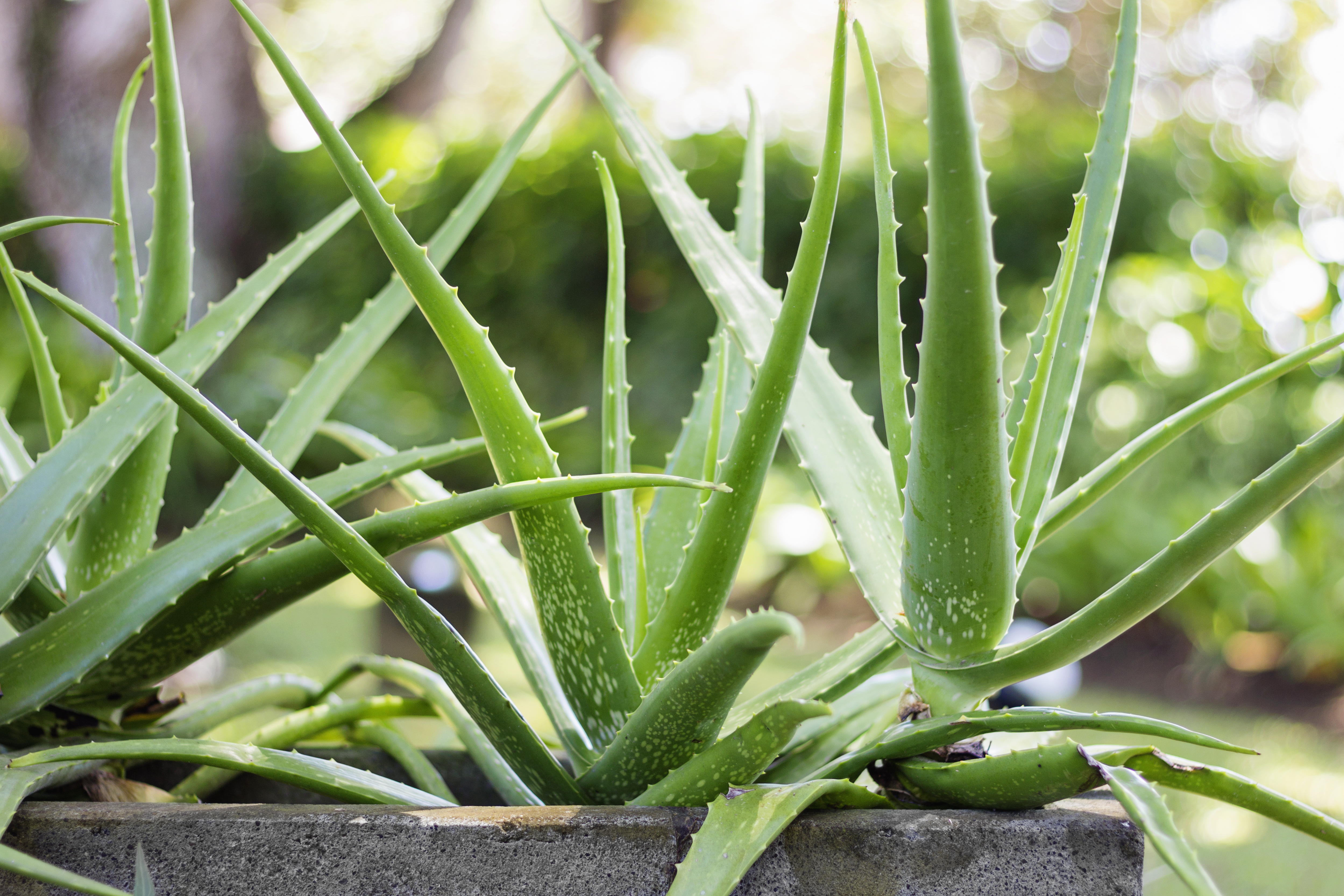
Aloe Vera
- Common names: Aloe, aloe vera, true aloe
- Region of origin: Arabian Peninsula
- Morphology: The long spiny leaves of aloe vera contain a commonly used medicinal gel that can relieve the pain from sores or burns. Aloe plants can grow up to 2 feet in height, and make for a great indoor plant.
Agave undulata (Manfreda Undulata)
- Common names: Chocolate chips
- Region of origin: Southwestern United States, Central America
- Morphology: This hardy succulent gets its name “chocolate chips” from the tell-tale maroon spots covering its leaves. The flowers from this desert plant grow 3-5 feet tall in a spike formation.
Agave ovatifolia
- Common names: Whale’s tongue agave
- Region of origin: Mexico
- Morphology: Whale’s tongue agave is an example of a slow-growing succulent that can grow up to 5 feet wide and 5 feet tall. As a semelparous plant, this agave will only flower once in its life and will die after producing its fruits.
Agave tequilana
- Common names: Blue agave, tequila agave
- Region of origin: Mexico
- Morphology: The blue agave plant may be the most famous succulent in the world as it is the crop that produces agave nectar that is used in the tequila industry! What’s crazy about this crop is that after it goes to flower and fruit, the entire plant dies (this is called semelparity).
Dracaena trifasciata
- Common names: Snake plant, golden birds nest, mother-in-law’s tongue
- Region of origin: West Africa
- Morphology: Snake plant is a common house plant or addition to outdoor gardens as it cultivates easily and can be used as a hardy ground cover. It has also been shown to effectively remove toxins from the air.
Yucca glauca
- Common names: Beargrass, Great Plains yucca, narrowleaf yucca
- Region of origin: North America
- Morphology: This spiny, stringy succulent is a classic feature of many arid environments in North America. Traditionally, many different pieces of the yucca can be utilized; you can make a needle from the sharp ends of the leaves and you can make “string” by shredding the leaves themselves.
Family Asphodelaceae
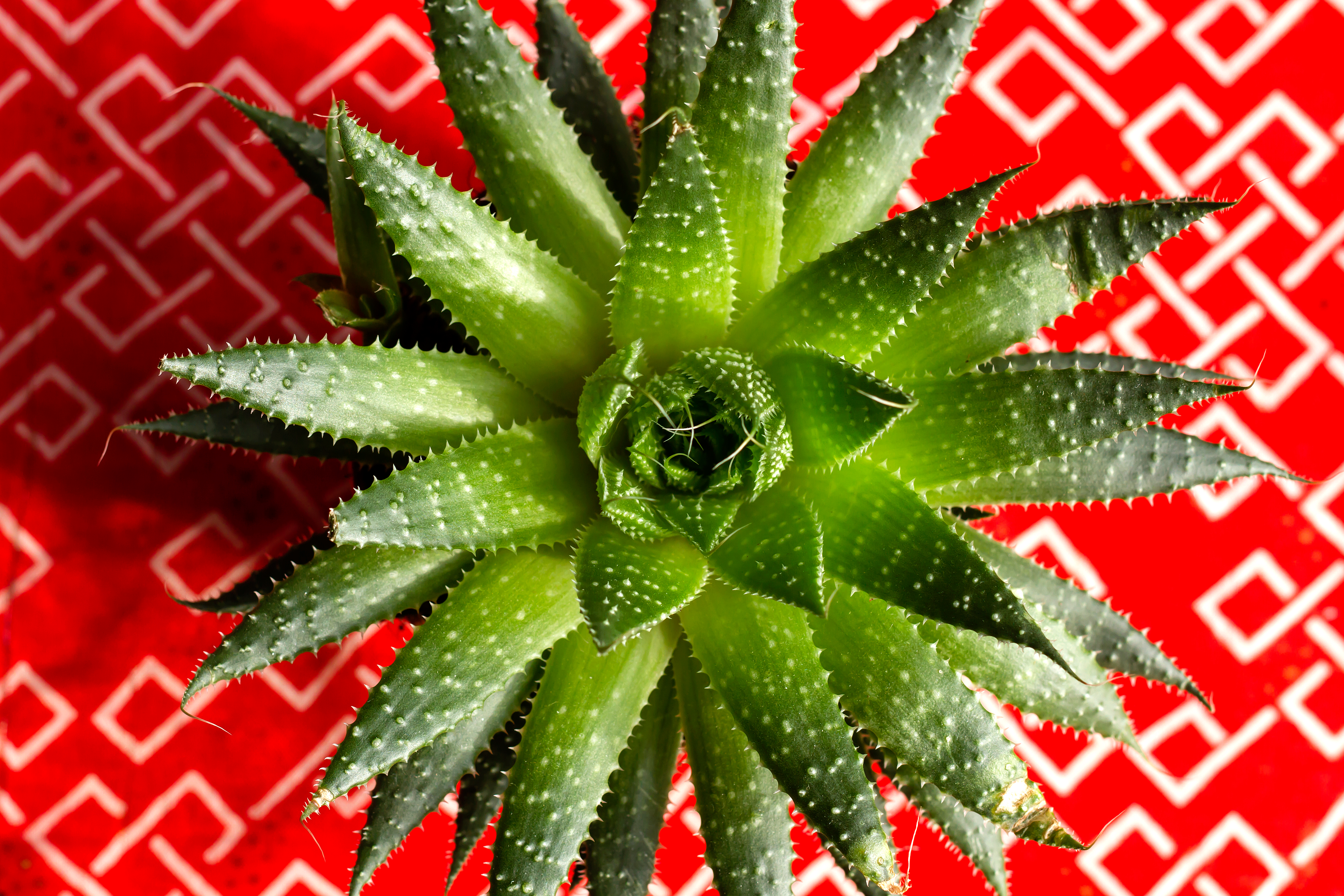
Aristaloe aristata
- Common names: Lace aloe, torch plant, guinea-fowl aloe
- Region of origin: Lesotho and South Africa
- Morphology: Lace aloe tends to form a dense “rosette” of triangular leaves. Growing up to eight inches tall, they produce orange-red flowers.
Haworthia truncata
- Common names: Horse’s teeth
- Region of origin: Little Karoo region, South Africa
- Morphology: These succulents can survive up to 100 years if taken care of properly. They are stemless, have dark grey-green leaves, and grow up to about eight inches tall.
Haworthiopsis fasciata Yucca glauca
- Common names: Little zebra plant, zebra haworthia
- Region of origin: South Africa
- Morphology: This plant is very similar to H. truncata, the little zebra plant is a smaller cousin. It has long, slender leaves that are slightly smoother than the horse’s teeth.
Order Rosales
Family Urticaceae

Pilea peperomioides
- Common names: Chinese money plant, missionary plant, pancake plant
- Region of origin: West and southwest China
- Morphology: Chinese money plants are known for their bright green, silver dollar pancake-shaped leaves. They grow best in indirect sunlight where they can produce small, off-white flowers.
Family Moraceae
Dorstenia albertii
- Common names: Ficus cactus
- Region of origin: Eastern Brazil
- Morphology: Interestingly, this species of succulent is only endemic (native) to one, small forested region in the Brazilian state of Espírito Santo. This plant has a small, hair-covered stem and grows up to eight inches tall.
Dorstenia brasiliensis
- Common names: Contrayerva
- Region of origin: Rainforests in South America and the Caribbean
- Morphology: D. brasiliensis is known for its anti-inflammatory properties. The leaves of this succulent form into very interesting basket-shaped pods. Typically, contrayerva grows to a smaller size of around six inches.
Order Asterales
Family Asteraceae
Brighamia insignis
- Common names: Hawaiian Palm, Hāhā, Pū aupak
- Region of origin: Hawaii
- Morphology: The Hawaiian palm produces stunning yellow flowers that have been described as having a honeysuckle scent. This plant is on the larger side for succulents, sometimes reaching up to three feet in diameter.
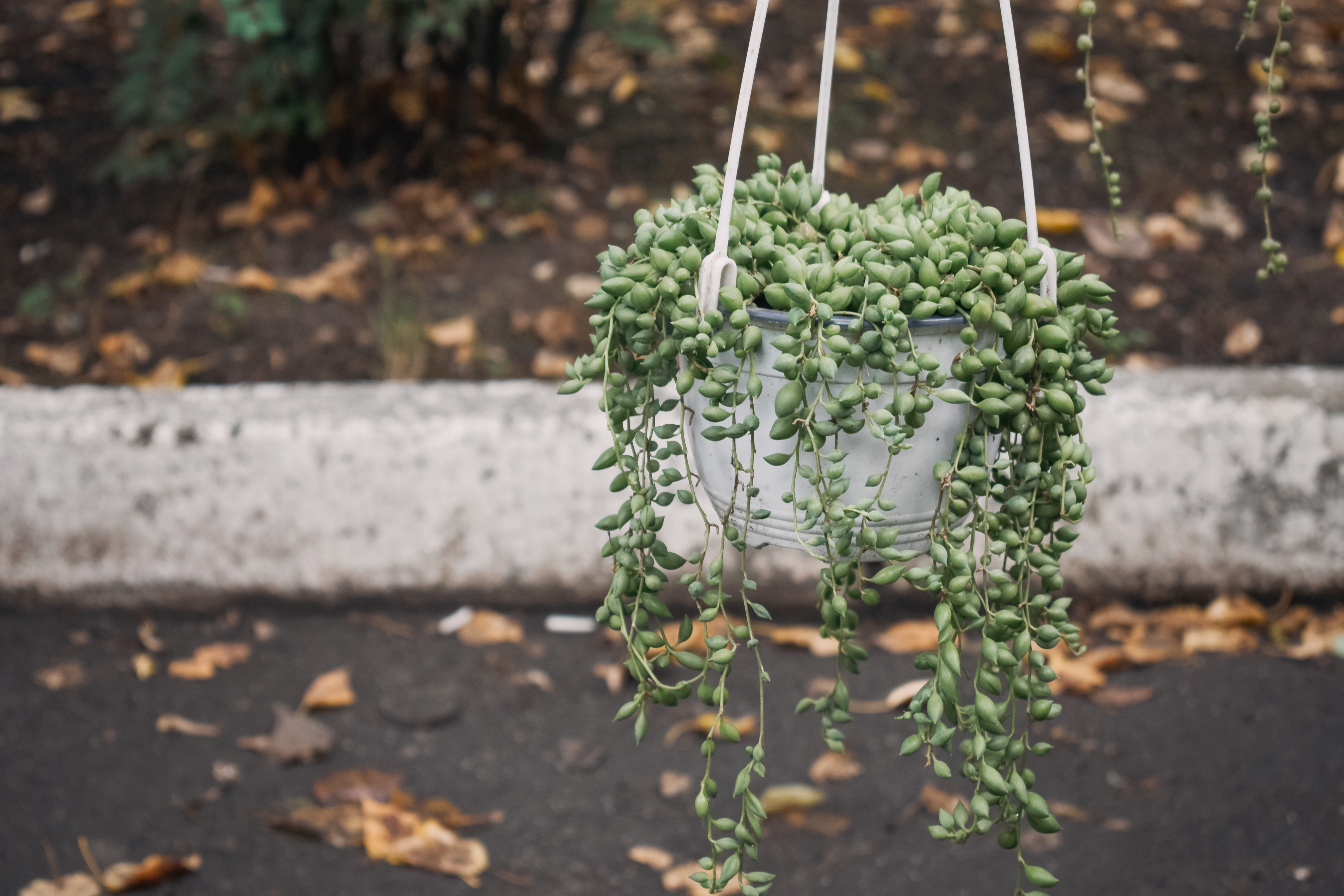
Curio rowleyanus
- Common names: String of pearls
- Region of origin: South Africa
- Morphology: Also known as Senecio rowleyanus, this succulent resembles a bundle of grapes or a string of pearls. These trailing succulents have oddly shaped leaves that are an adaptation to arid environments, allowing for the storage of water with minimal surface area.
Kleinia chimanimaniensis
- Common names: Sprawling daisy
- Region of origin: Zimbabwe and Mozambique
- Morphology: These plants are large, sprawling succulents. They can grow up to two feet tall and have small, fragrant flowers. Generally, the leaves are purple, but they may turn purple under stressed conditions.
Senecio macroglossus
- Common names: Variegated Wax Ivy
- Region of origin: Eastern South America
- Morphology: The name gives away the character of this plant: it’s a hybrid. S. macroglossus bears the lush stem of a succulent as well as the waxy leaves of ivy.
Senecio vulgaris
- Common names: Groundsel, old-man-in-the-spring
- Region of origin: Europe, Northern Asia
- Morphology: Technically, this succulent is in the daisy family. Its flowers are a mix between succulent flowers (small and numerous) and daisy flowers (vibrant and rayless).
Senecio scaposus
- Common names: Beanstalk succulent
- Region of origin: South Africa
- Morphology: These succulents have a waxy, silvery coating on their beanstalk-like leaves. This helps to protect them from the direct bright light that they experience in their native habitat. Thus, they require large amounts of direct sunlight to grow well.
Senecio herreianus
- Common names: String of tears
- Region of origin: Namibia, South Africa
- Morphology: This succulent is extremely similar to C. rowleyanus, the string of pearls succulent. While the string of pearls has rounder, more spherical leaves, the string of tears has tear-shaped, oval leaves.
Senecio jacobsenii
- Common names: Trailing jade, weeping jade
- Region of origin: Higher elevations in Tanzania and Kenya
- Morphology: In the wild, trailing jade exists as a ground cover plant. It will “creep” along the floor, sometimes growing stems that are over four feet in length.
Senecio haworthii
- Common names: Woolly senecio, tontelbos (in Afrikaans)
- Region of origin: South Africa
- Morphology: This succulent is sometimes confused with types of “Christmas succulents” due to its off-white “felt.” The entire plant is covered in a dense, thick layer of this “felt.” It can even be dried and used as tinder!
Order Commelinales
Family Commelinaceae
Cyanotis somaliensis
- Common names: Pussy ears, furry kittens, kitten ears
- Region of origin: Somalia
- Morphology: This ground-cover succulent gets its name “pussy ears” from the white hairs that grow the leaves. Pussy ears best grow in temperate areas that don’t get below 50 °F.
Order Dioscoreales
Family Dioscoreaceae
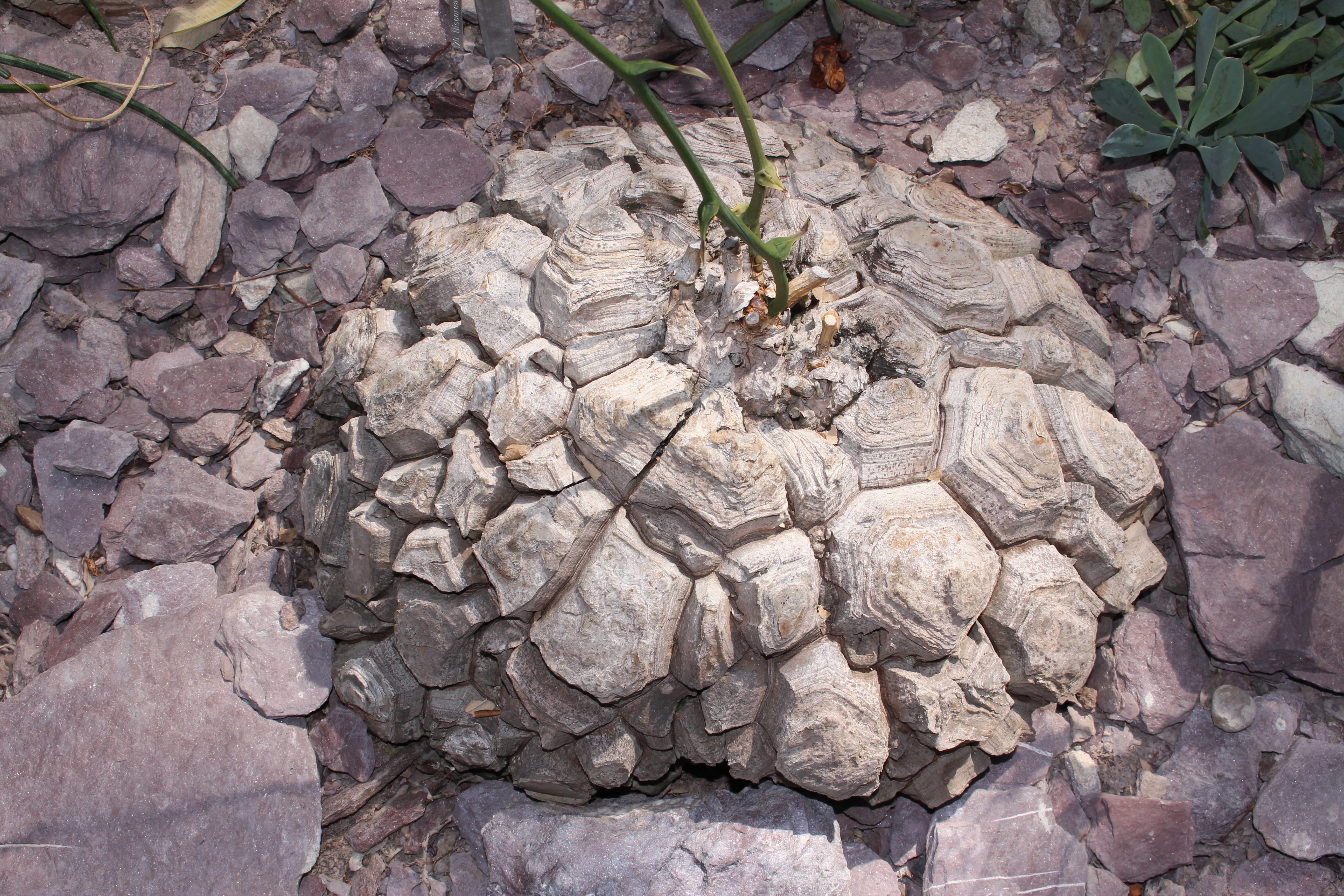
- Common names: Elephant’s foot, Hottentot-Bread
- Region of origin: South Africa
- Morphology: This succulent gets its name from its incredibly unique-looking tuberous stem that resembles a partially buried elephant’s foot! From this “foot” emerges the leafy stem that climbs nearby surfaces.
Order Caryophyllales
Family Cactaceae
Aporocactus flagelliformis
- Common names: Rat’s tail cactus
- Region of origin: Deserts of southern Mexico and Central America
- Morphology: Often planted in hanging pots, the leaves of this succulent drape down like a bunch of rat tails. The dramatic flowers of the rat’s tail cactus are bright pink or purple.
Cephalocereus senilis
- Common names: Old man cactus
- Region of origin: Mexico
- Morphology: This cactus grows in columns that can be small and contained in a pot or that can tower above you in a garden. It gets its name from the white, wispy spines that resemble an old beard covering the plant.
Disocactus ackermannii
- Common names: Orchid cactus
- Region of origin: Mexico
- Morphology: The orchid cactus grows in a series of long, flat leaves that emerge and droop downwards from a rounded base. This plant can produce dramatic, bright pink flowers that bloom at the ends of the leaves.
Echinopsis eyriesii
- Common names: Pink easter lily cactus
- Region of origin: Southern Brazil and into Argentina
- Morphology: This cactus is a slow-growing plant that grows in a spherical to cylindrical formation. While the stem may be unassuming, the pink easter lily cactus produces stunning flowers that resemble large, white to pink lilies.
Mammillaria crinita
- Common names: Pincushion cactus
- Region of origin: Mexico
- Morphology: This classic cactus comes in multiple varieties, but always grows with a spherical stem that is covered in clusters of spines. When flowering, the pincushion cactus produces creamy white flowers.
Opuntia ficus-indica
- Common names: Indian fig opuntia, Barbary fig, prickly pear, and nopal
- Region of origin: Undetermined, but most likely Mexico
- Morphology: This species of prickly pear has become an incredibly important crop due to its edible “paddles” (nopales) and fruits. There are multiple varieties within this species; some have the classic glochids and spines while others lack both.
Opuntia humifusa
- Common names: Eastern prickly pear cactus, devil’s tongue
- Region of origin: Much of North America, excluding the far-western states
- Morphology: This species of prickly pear greatly varies in its habitat and its growth pattern; it can be found all the way up in Ontario and as far south as Florida. It can grow anywhere from 0.5 meters to 2 meters tall.
Opuntia microdasys
- Common names: Bunny ears, angel’s-wings, polka dot cactus
- Region of origin: Northern Mexico and Arizona
- Morphology: The pads of this cactus often grow in pairs, resembling the ears of a bunny. On these pads are small spots of spines that look fluffy and soft, but are actually very irritating to the skin!
Opuntia polyacantha
- Common names: Plains prickly pear
- Region of origin: Across much of inland, western Canada and south to Arizona and Texas
- Morphology: This species of prickly pear is particularly hardy as it grows far North into Canada and withstands hardiness temperatures even below 0°F. As with many other prickly pears, this cactus grows in sections or “pads” that have lots of spines.
Opuntia tomentosa
- Common names: Woollyjoint prickly pear, velvety tree pear
- Region of origin: Mexico
- Morphology: The velvety tree pear cactus is one of the largest species of prickly pear. This cactus can grow up to a towering 26 feet tall. Like other prickly pears, this cactus grows clusters of fruits that ripen to a bright pink color.
Parodia magnifica
- Common names: Balloon cactus, ball cactus
- Region of origin: Brazil
- Morphology: This spherical cactus grows as individual stems with lines of spines growing vertically on the sphere. When the balloon cactus flowers, the yellow flowers emerge on the very top of the sphere.
Rhipsalis baccifera
- Common names: Mistletoe cactus, chain cactus
- Region of origin: Central America, the Caribbean, and northern South America
- Morphology: Mistletoe cactus is an example of an epiphyte. This succulent does not require soil and instead grows on top of other structures such as other plants. The chain-like stems of this plant droop downwards from the base stem.
Schlumbergera (genus)
- Common names: Christmas cactus, crab cactus, holiday cactus
- Region of origin: Brazil
- Morphology: This hardy plant is a household favorite as it is very hardy and provides a pleasing flower display in the middle of winter! The Christmas cactus received this name as it produces showy pink flowers just in time for the holidays.
Family Didiereaceae
Alluaudia ascendens
- Common names: Fantsiolotse (in Malagasy)
- Region of origin: Madagascar
- Morphology: As the tallest member of its family, the fantsiolotse can grow up to 15 meters tall! This succulent starts as a singular stem and grows upward into a dividing Y-formation.
Alluaudia dumosa
- Common names: None
- Region of origin: Madagascar
- Morphology: This succulent is considered a woody shrub or tree in Madagascar. The stem is deciduous and has spines. The wood of this succulent is sometimes used to make utensils, boxes, and crates.
Alluaudia montagnacii
- Common names: None
- Region of origin: Madagascar
- Morphology: Like others in its genus, this succulent grows quite tall (2 to 6 meters), is deciduous, and has long white spines. During the winter when it has dropped its leaves, the stem of this plant carries on with photosynthesis.
Didierea trollii
- Common names: Octopus plant
- Region of origin: Madagascar
- Morphology: This wild-looking succulent gets its name from its long, tentacle-like stems that grow in all directions. These stems have green leaves with long gray-green ish thorns. This plant can grow up to 10 feet tall!
Portulacaria afra
- Common names: Elephant plant, small leaf jade, dwarf jade
- Region of origin: South Africa
- Morphology: These shrubby succulents have small green leaves that grow along their woody stems. It gets its name “elephant plant” or “elephant bush” from the fact that it is often eaten by elephants (and other wildlife) in its native habitat!
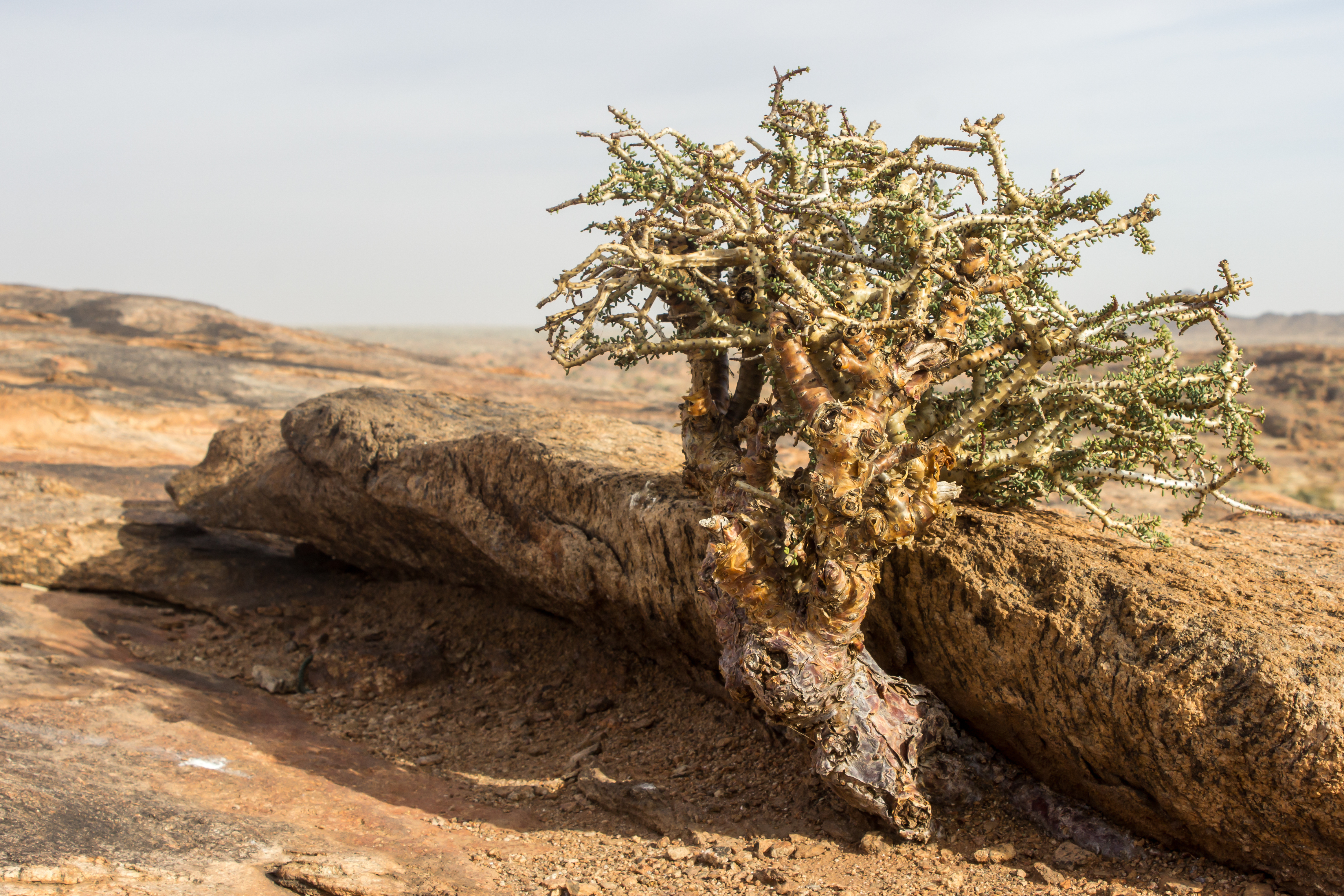
Portulacaria namaquensis
- Common names: Namaqua porkbush, Namaqua portulacaria
- Region of origin: South Africa and Namibia
- Morphology: This woody, succulent shrub is covered in waxy, green leaves as well as spines. This succulent is very slow-growing and can grow up to be about 1.8 meters tall.
Portulacaria pygmaea
- Common names: None
- Region of origin: South Africa and Namibia
- Morphology: This plant grows close to the ground and has thick, succulent leaves that grow off of a woody stem. As this plant is native to a very arid habitat, the roots are fat and tuberous so that they can store water as much as possible.
Family Aizoaceae
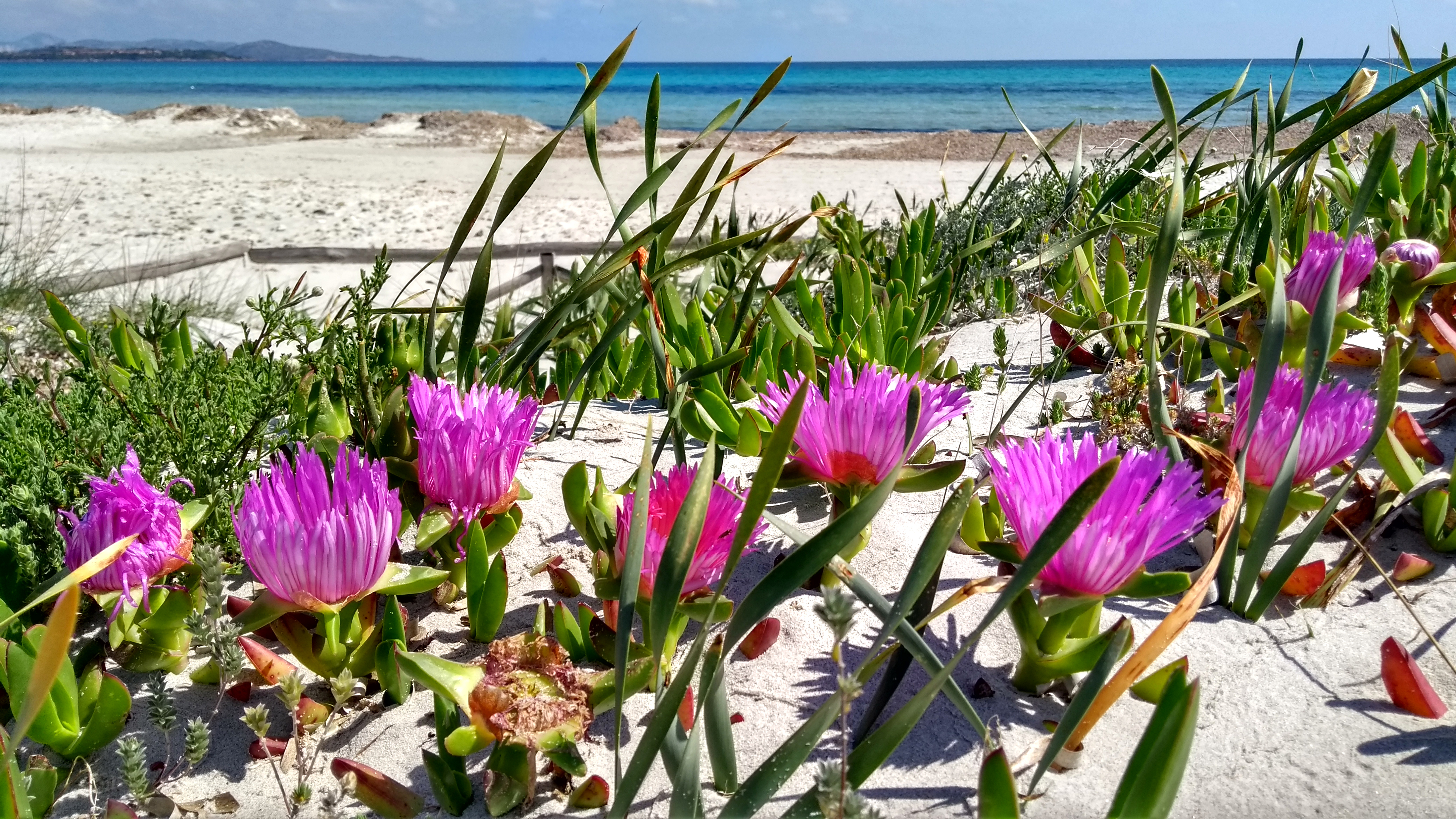
Carpobrotus edulis
- Common names: Ice-plant, highway ice plant, pigface
- Region of origin: South Africa
- Morphology: This succulent, while native to South Africa, is extremely, common along the coasts of California. With dramatic floral displays, this sprawling succulent was planted as an exciting addition to coastal gardens, however, it establishes so rapidly that it has become an unwanted invasive in many coastal communities.
Cheiridopsis namaquensis
- Common names: None
- Region of origin: South Africa
- Morphology: This succulent grows up to about 4 inches tall and grows in a matt-like form on the ground. The succulent leaves of this plant are pale-blue-grey.
Cleretum bellidiforme
- Common names: Livingstone daisy
- Region of origin: South Africa
- Morphology: This sprawling, low-growing succulent grows in a matt-like formation on the ground. It gets its common name from the showy, daisy-like flowers that bloom in pinks and purples.
Conophytum angelicae
- Common names: None
- Region of origin: South Africa and Namibia
- Morphology: In its natural habitat, this small succulent grows in the cracks and fissures of rocks along mountainsides. The succulent is made up of pea-like bodies that grow in larger clusters with age.
Conophytum maughanii
- Common names: None
- Region of origin: South Africa
- Morphology: This succulent grows most often as singular, globe-like bodies that are partially embedded in some sandy/rocky substrate. They are difficult to water properly as their main source of water in their natural habitat is morning mist!
Conophytum obcordellum
- Common names: None
- Region of origin: South Africa
- Morphology: This is a species of dwarf-succulent that looks a little like tiny, green pancakes that are starting to fold inward. The bodies of this species are shiny and often colored with mottled brown patterns.
Conophytum roodiae
- Common names: None
- Region of origin: South Africa
- Morphology: This species of dwarf-succulent is bright green and grows in a fairly large gravel-like substrate. When they flower, this species produces showy, white flowers.
Conophytum tantillum
- Common names: Red-lipped buttons
- Region of origin: South Africa
- Morphology: This species of dwarf-succulent grows in a two-lobe formation with its thick-bodied leaves. These bodies often have green or red striations. When this species flowers, it produces bright pink flowers.
Fenestraria rhopalophylla
- Common names: Baby toes, window plant
- Region of origin: Namibian desert
- Morphology: In its natural habitat of extremely arid deserts, baby toes grows with much of the plant buried within the gravel or dirt, as this helps to preserve water. This is how it got its other name of “window plant;” the tops of the leaves have clear windows that poke through the ground to get sunshine.
Frithia humilis
- Common names: Fairy elephant’s feet, baby toes, window plant
- Region of origin: South Africa
- Morphology: Similar to Fenestraria rhopalophylla, this dwarf-succulent grows so that it is just poking from the ground where it grows. However, this species has larger, thicker stems that may resemble tiny elephant feet.
Lampranthus aurantiacus
- Common names: Orange ice plant, trailing ice plant
- Region of origin: South Africa
- Morphology: Like other ice plants, this succulent is a sprawling, shrub-like plant that thrives in loose soil such as sand. This ice plant gets its name from its bright orange flowers.
Lithops coleorum
- Common names: Living stones
- Region of origin: South Africa
- Morphology: This tiny succulent grows amongst gravel-like substrates. Among the “living stones” species, this species is identified by its pale brown coloring that has branched pink or green markings.
Lithops dinteri
- Common names: Living stones
- Region of origin: Namibia
- Morphology: This species of “living stone” can be gray, red, cream, or brown colored. Its leaves are often paired and are thick and fleshy. Between paired leaves, a gap may form where a flower will grow.
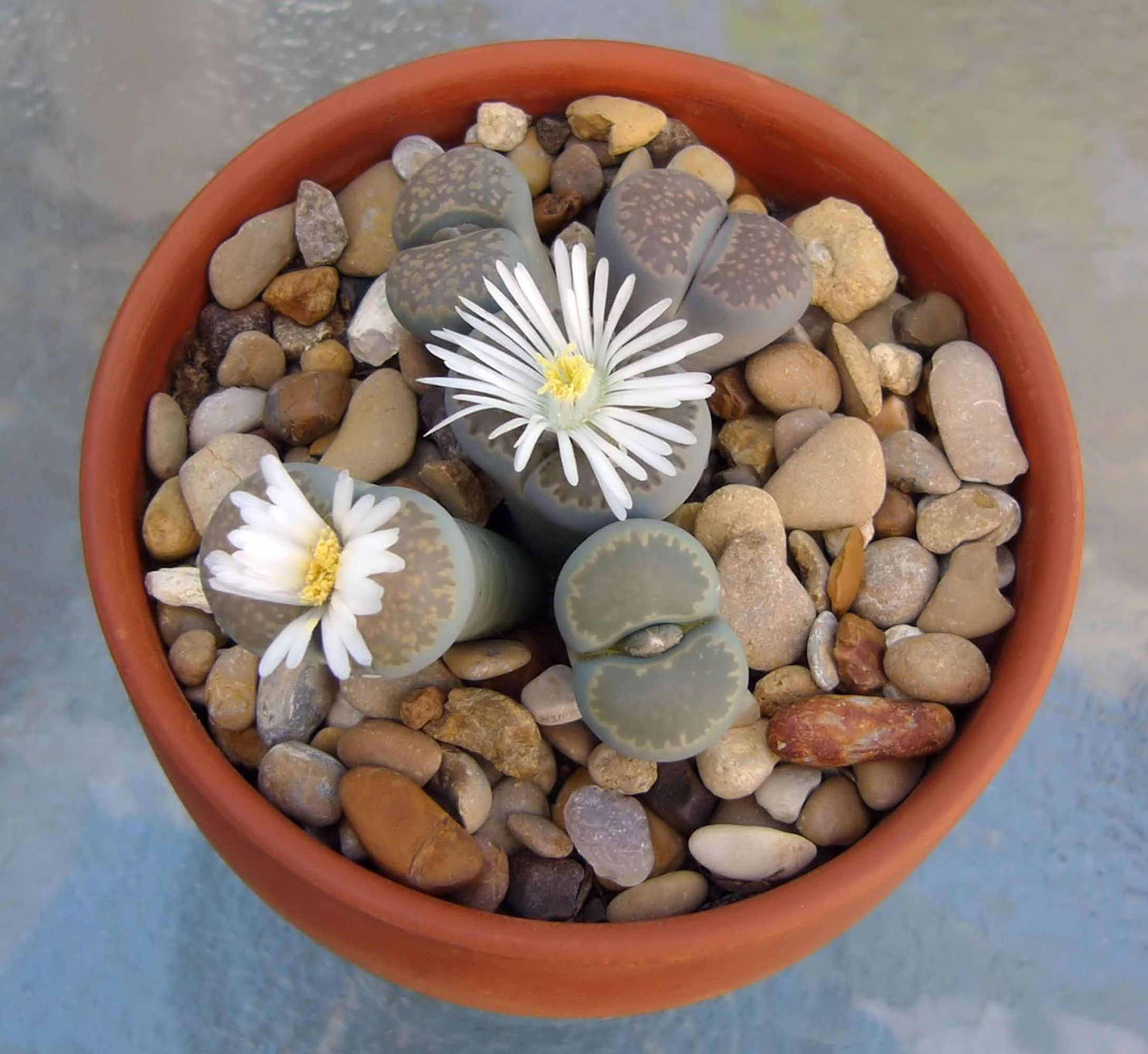
Lithops salicola
- Common names: Living stones
- Region of origin: Namibia
- Morphology: This species of “living stone” is native to cold deserts in Namibia and grows in larger clusters of bodies compared to other “living stones.” This species has been threatened by habitat loss in its native landscape.
Lithops hookeri
- Common names: Living stones
- Region of origin: South Africa
- Morphology: This species of “living stone” is larger than its relatives, growing up to 46 by 35 mm. Like other species of “living stone,” this species grows best in a specific type of rock substrate and has an almost brain-like pattern on the tops of its leaves/bodies.
Lithops julii
- Common names: Living stones
- Region of origin: Namibia
- Morphology: The primary way to distinguish this species of succulent from other related “living stones,” is that this species has a distinctive “lip-smear” coloration that lines the inside margins of the paired leaves.
Lithops lesliei
- Common names: Living stones
- Region of origin: Botswana and South Africa
- Morphology: This species of living stone grows even more embedded in the dirt or rocks surrounding it. It has become threatened in its native range due to harvesting for medicinal purposes.
Ruschia crassa
- Common names: None
- Region of origin: South Africa
- Morphology: This sprawling, shrub-like succulent has long stems that have highly reduced leaves. The green stems of this succulent do much of the photosynthetic work for the plant.
Stoeberia frutescens
- Common names: None
- Region of origin: Namibia
- Morphology: This species of succulent is a prostrate, sprawling shrub that has thick leaves that grow in pairs on opposite sides of the stem. This shrub can grow up to about 2.5 feet tall.
Tanquana hilmarii
- Common names: None
- Region of origin: South Africa
- Morphology: This dwarf-succulent appears similar to those from the lithops genus. Small and embedded in soil and gravel, this succulent produces a large yellow flower. In its native habitat, its primary source of water is ocean vapor and mist that travels inland to the desert.
Titanopsis fulleri
- Common names: None
- Region of origin: South Africa
- Morphology: This succulent grows with branched thick leaves that are blue-green with a reddish tinge. This plant actually camouflages within its native, rocky environment by means of its rough, textured leaves that resemble limestone.
Order Malpighiales
Family Euphorbiaceae
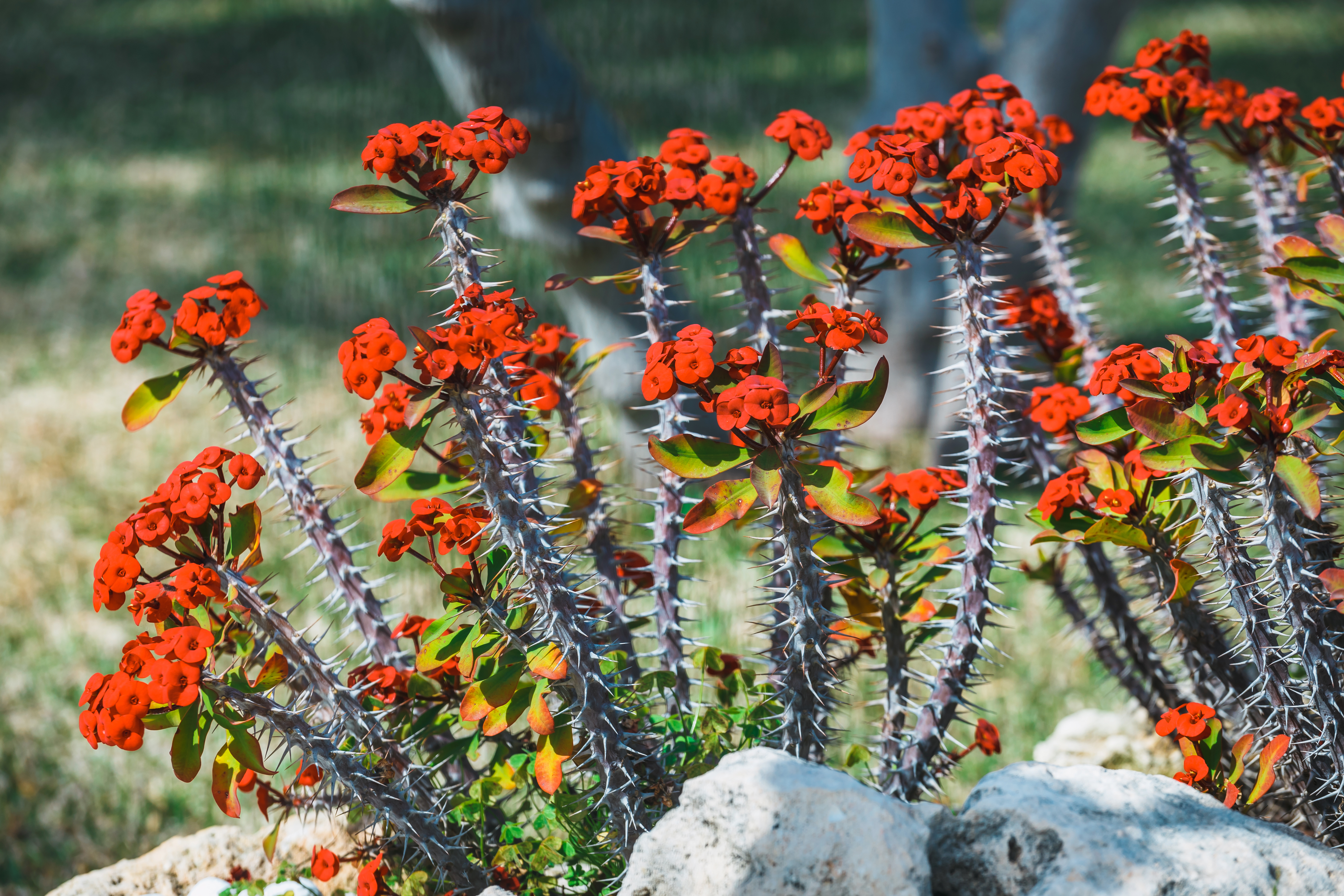
Euphorbia milii
- Common names: Crown of thorns, Christ plant
- Region of origin: Madagascar
- Morphology: This classic succulent has a fairly woody stem with many thorns. Under the right conditions, it produces delicate pink/red flowers. The name Christ plant comes from the theory that this may be the thorny plant that was referenced as crowning Christ.
Euphorbia tirucalli
- Common names: Indian Tree Spurge, African milkbush, Aveloz finger tree, fire sticks
- Region of origin: Madagascar, north through tropical and subtropical Africa, the Arabian Peninsula, and India
- Morphology: This succulent is a spineless shrub or tree with brown older branches that produce green, pencil-like new growth at the tips. The “sap” produced by the plant is mildly toxic and should be avoided!
Order Gentianales
Family Apocynaceae
Ceropegia woodii
- Common names: String of hearts, rosary vine
- Region of origin: Zimbabwe to South Africa
- Morphology: This succulent, when potted, produces a nice cascading effect with the string-like stems that dangle away from the plant. Along these stems are flat, succulent leaves that resemble hearts. This makes this plant a classic Valentine’s day gift!
Hoya carnosaf
- Common names: Honey plant, porcelain flower, wax plant
- Region of origin: Eastern Asia and Australia
- Morphology: This hoya plant is a perfect plant for a hanging pot in your home. The hoya produces long, vine-like stems that are perfect for hanging along a window sill or banister. This plant produces fragrant flowers that drip with honey-like nectar.
Stapelia gigantea
- Common names: Carrion plant
- Region of origin: Desert regions of South Africa to Tanzania
- Morphology: The leaf stems of this succulent grow up to about 8 inches in height. The star of the show for this species is the massive (star-shaped) flower that is produced come fall. This flower gives the plant its name as it produces a very smelly fragrance that resembles a rotting carcass.
Order Vitales
Family Vitaceae
Cissus javana
- Common names: Grape ivy
- Region of origin: Southeast Asia
- Morphology: As a member of the grape family, this succulent has vine-like stems that spill out of any planter. Grape ivy leaves are an incredible purple with striking patterns of white and green.
Cissus quadrangularis
- Common names: Veldt grape, devil’s backbone, adamant creeper
- Region of origin: Tropical Asia, Arabia, and much of Africa
- Morphology: This succulent is a member of the grape family and as such is a climbing plant. This plant has been used medicinally for centuries, and in particular, it is used to treat broken bones, ligaments, and tendons.
Piperales Piperales
Family Piperaceae
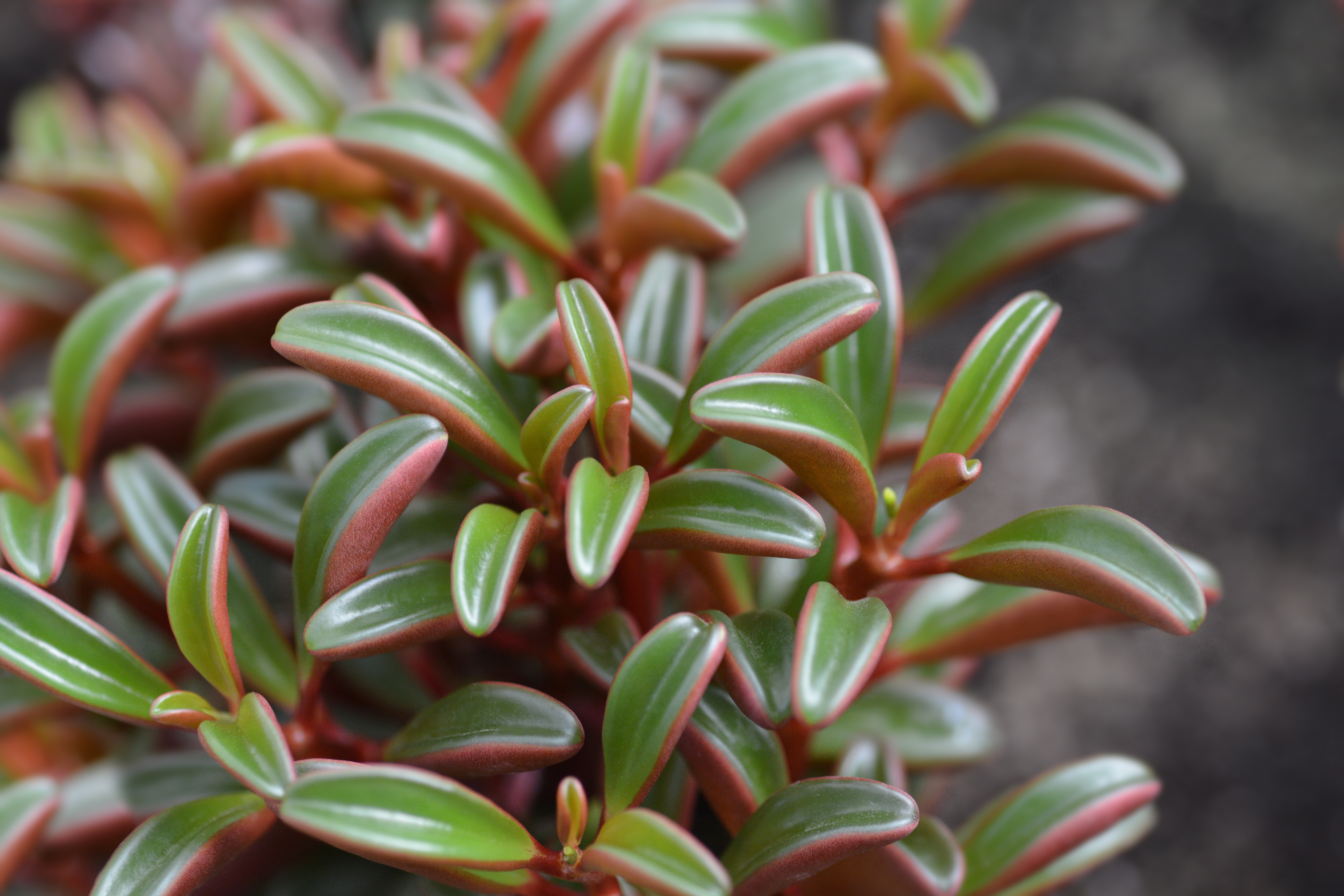
Peperomia graveolens
- Common names: Ruby glow
- Region of origin: Peru and Ecuador
- Morphology: This charismatic succulent grows just shy of a foot tall. The stem and underside of the leaves of this plant are red while the tops of the leaves are green.
Order Saxifragales
Family Crassulaceae
Aeonium davidbramwellii
- Common names: None
- Region of origin: the Canary Islands
- Morphology: This succulent has large rosettes that can grow up to be almost a foot across. The leaves within the rosettes are dark green with reddish-brown edges.
Aeonium arboreum
- Common names: Aeonium, tree anemone, pinwheel desert rose
- Region of origin: North Africa and Canary Islands
- Morphology: This succulent can grow in various forms depending on its location; it can be a small potted plant, or it can grow up to be a shrub that’s 2 meters tall! The rosettes on this succulent are bright green and fairly flat.
Aeonium cristata
- Common names: Copper pinwheel, sunburst
- Region of origin: Cultivar from Aeonium davidbramwellii
- Morphology: This succulent has sunburst-like colors of yellow and green in its rosettes. This plant is semelparous; it will only flower once in its life and will die after producing its fruits.
Aeonium zwartkop
- Common names: Black rose, Aeonium Black Beauty
- Region of origin: Canary Islands and the eastern cape of South Africa
- Morphology: This succulent has ombre leaves that fade from bright green to dark red. The dark red color of this succulent lets it stand out amongst a group of other species of succulents.
Cotyledon orbiculata
- Common names: Pig’s ear, round-leafed navel-wort
- Region of origin: South Africa
- Morphology: This succulent gets its name because the bright green leaves are almost ear-shaped. It is a favorite in succulent gardens as the bright leaves are edged in a nice red.
Crassula capitella
- Common names: Red flames, red pagoda, campfire plant
- Region of origin: Southern Africa
- Morphology: Like many succulents in this family, the base of this succulent starts as a rosette and the leaves get more spaced out on the stem as it climbs upward. The red stem ends with an inflorescence made up of tiny white flowers.
Crassula ovata
- Common names: Jade plant, friendship plant, money plant, silver dollar plant
- Region of origin: South Africa and Mozambique
- Morphology: Jade plants are classic indoor, ornamental plants as they tend to be hardy yet delicate looking. The species name ovata refers to the egg shape of the leaves of this species.
Crassula perforata
- Common names: String of buttons, necklace vine, jade necklace
- Region of origin: South Africa
- Morphology: Another classic succulent plant, string of buttons can be found at most plant shops. The succulent leaves of this plant are tightly stacked on top of one another in a spiral pattern. These stems can grow to be over a foot long!
Echeveria affinis
- Common names: Black echeveria
- Region of origin: Mexico
- Morphology: This small succulent grows in thick, fleshy rosettes. The center of these rosettes are bright green and transition into a stark dark brown to black color.
Echeveria agavoides
- Common names: Lipstick echeveria
- Region of origin: Mexico
- Morphology: Like other members of the genus Echeveria, this species is a popular succulent because it can tolerate both extreme heat and cold snaps. This species got its common name of lipstick echeveria due to the pink to red coloring on the margins of the fleshy rosettes.
Echeveria amoena
- Common names: None
- Region of origin: Mexico
- Morphology: This is a very small member of the genus Echeveria with rosettes that are often about 5 cm in diameter! The inflorescences grow on rust-colored stems and are rather showy.
Echeveria laui
- Common names: None
- Region of origin: Mexico
- Morphology: This is one of the more popular species from the genus Echeveria. This species has very light blue/gray rosettes that stack on top of the other with new growth. The inflorescence produces peachy/rose-colored flowers.
Echeveria lilacina
- Common names: Ghost echeveria, Mexican hens and chicks
- Region of origin: Mexico
- Morphology: This species has the classic echeveria look. The rosettes are a very pale silver-blue and grow up to be about 7 inches in diameter. When blooming, the flowering stems can be about 6 inches tall and produce flowers that are pale pink.
Echeveria multicaulis
- Common names: Copper rose, copper leaf
- Region of origin: Mexico
- Morphology: These succulents grow up to be over a foot tall. They are rather striking with bright green, shiny leaves that are tinged with red on the edges.
Echeveria nodulosa
- Common names: Painted echeveria
- Region of origin: Mexico
- Morphology: This species of echeveria can either grow erect or can sprawl across the ground. The green rosettes are accented by red/purple designs that line the edges and margins of the leaves.
Echeveria pulidonis
- Common names: Pulido’s echeveria
- Region of origin: Mexico
- Morphology: This species is a classic echeveria with bright green rosettes that can have red edging. These rosettes can grow to be over a foot in diameter!
Echeveria runyonii
- Common names: None
- Region of origin: Mexico
- Morphology: There are multiple cultivars within this species that have various growth patterns. This species tends to have pale green rosettes that can grow to be about 10 centimeters in diameter.
Echeveria setosa
- Common names: Mexican firecracker
- Region of origin: Mexico
- Morphology: The rosettes of this succulent are covered in fine hairs (glochids) that are very irritating to touch. The succulent gets its name due to the tall, red and yellow flowers that grow from long stalks on the plant.
Echeveria strictiflora
- Common names: Desert savior
- Region of origin: Southwest Texas and Northern Mexico
- Morphology: The inflorescences of this species are on top of bright pink stems and are made up of pink and red flowers. The basal rosette of this species is fairly tough, green, and has red edging.
Echeveria subrigida
- Common names: None
- Region of origin: Mexico
- Morphology: The rosettes of this succulent are a vibrant, shiny green with a red border to the leaves. These rosettes can get rather large, up to 18 inches in diameter.
Graptopetalum paraguayense
- Common names: Ghost plant, mother of pearl
- Region of origin: Mexico
- Morphology: The rosettes of this species of succulent are very pale (ghostly) green or blue. This species tends to sprawl with its growth when given the space to do so.
Kalanchoe blossfeldiana
- Common names: Kalanchoe, Christmas kalanchoe
- Region of origin: Madagascar
- Morphology: The Christmas kalanchoe is a bushy, glabrous succulent that flowers during the winter. The flowers can vary in color and can be red, orange, pink, or yellow.
Kalanchoe tomentosa
- Common names: Panda plant, pussy ears, donkey ears, cocoon plant
- Region of origin: Madagascar
- Morphology: This species of succulent is a rare case where the fuzzy, soft look of the leaves is valid and safe to touch! The soft texture of these leaves is why this species received names such as panda plant, pussy ears, and donkey ears.
Pachyphytum oviferum
- Common names: Moonstones
- Region of origin: Mexico
- Morphology: This succulent stands prostrate on a woody stem. The rosettes of this species are made up of bluish silver-grey leaves that resemble smooth river stones.
Sedum morganianum
- Common names: Burro’s tail
- Region of origin: Mexico and Honduras
- Morphology: Burro’s tail is another classic succulent that can often be found in most plant stores. The stems of this succulent cascade out of pots and are covered in thick, green leaves.
Sedum rubrotinctum
- Common names: Jelly-bean sedum
- Region of origin: Mexico
- Morphology: This species of succulent gets its name due to the jelly-bean-like shape of its colorful leaves. This sedum has an interesting adaptation where it increases its anthocyanin pigment content during the summer, thereby turning the leaves from green to purple. This pigment is useful for protecting plant tissues from destructive UV radiation.
Sedum spurium
- Common names: Creeping stonecrop, stonecrop
- Region of origin: Georgia, Northern Iran, North-East Turkey
- Morphology: This succulent is a fairly fast-growing plant that forms a matt-like structure on the ground via its tangling roots and stems. This species is often used in succulent gardens as it forms a nice and easy matt of attractive rosettes.
Sempervivum arachnoideum
- Common names: Cobweb house-leek
- Region of origin: the Alps
- Morphology: This succulent has dark green rosettes that have tightly packed leaves and can withstand cold-hardy climates. The latin name arachnoideum refers to the spiderweb-looking hairs that form between the leaves.
Sempervivum tectorum
- Common names: Common houseleek, hens, and chicks
- Region of origin: mountains of southern Europe
- Morphology: The rosettes of this succulent are dark green with purple edging. After an individual rosette goes to flower/fruit, it will die, leaving the nearby rosettes still alive.
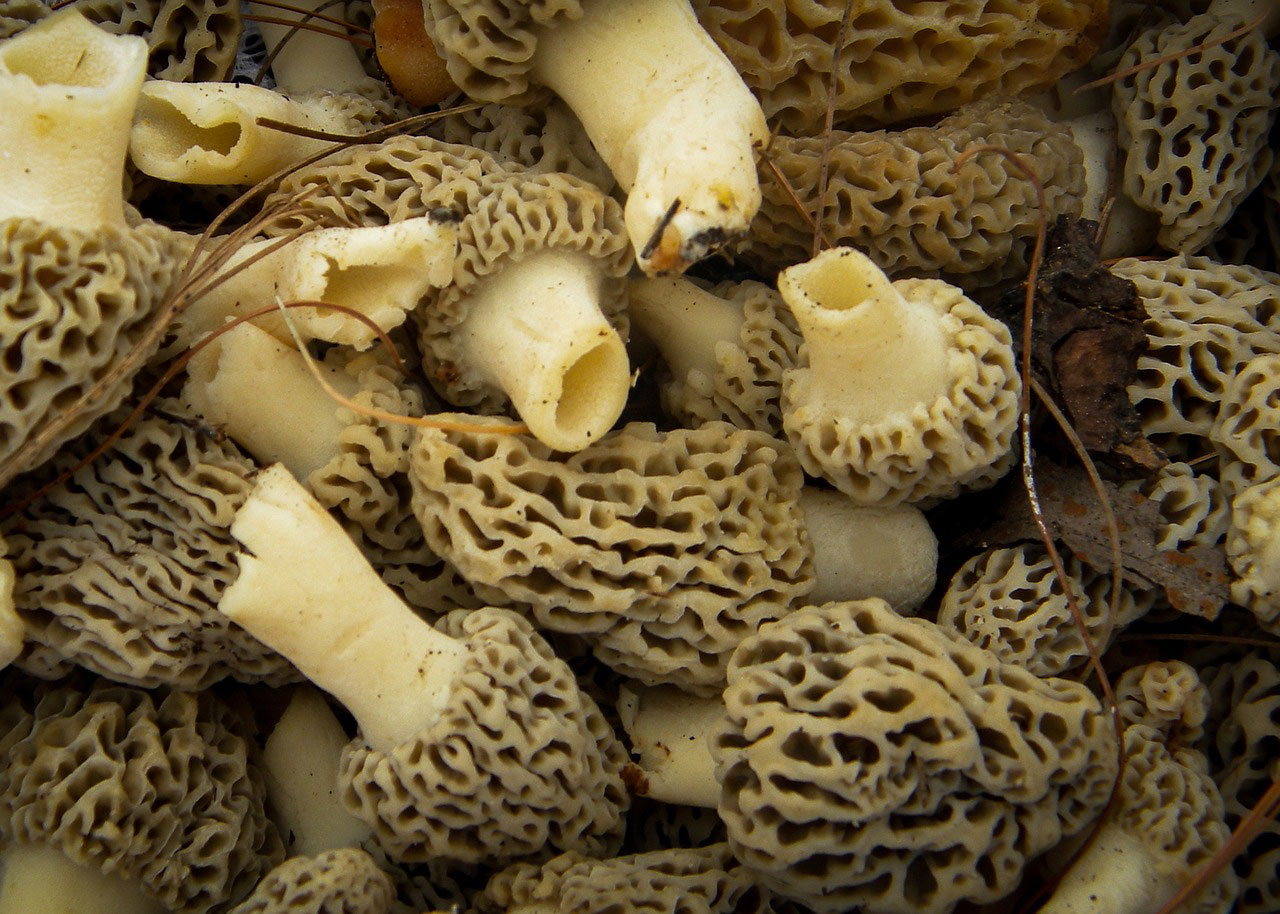
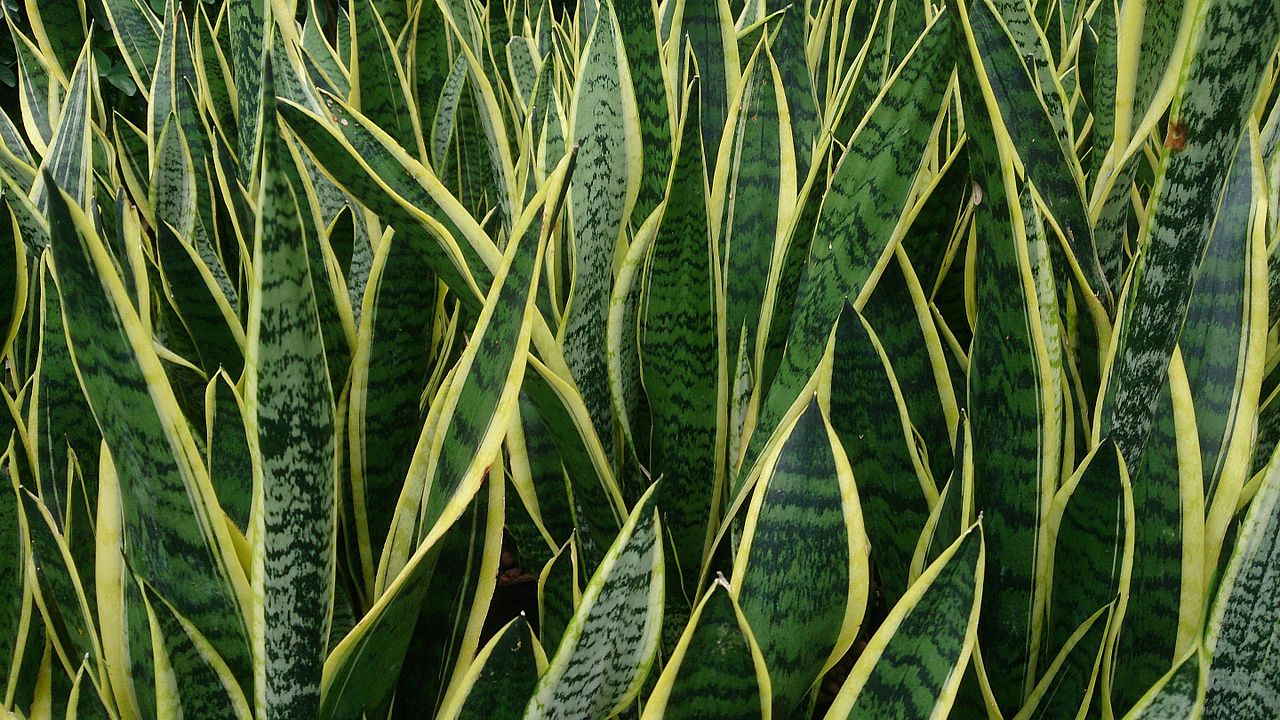
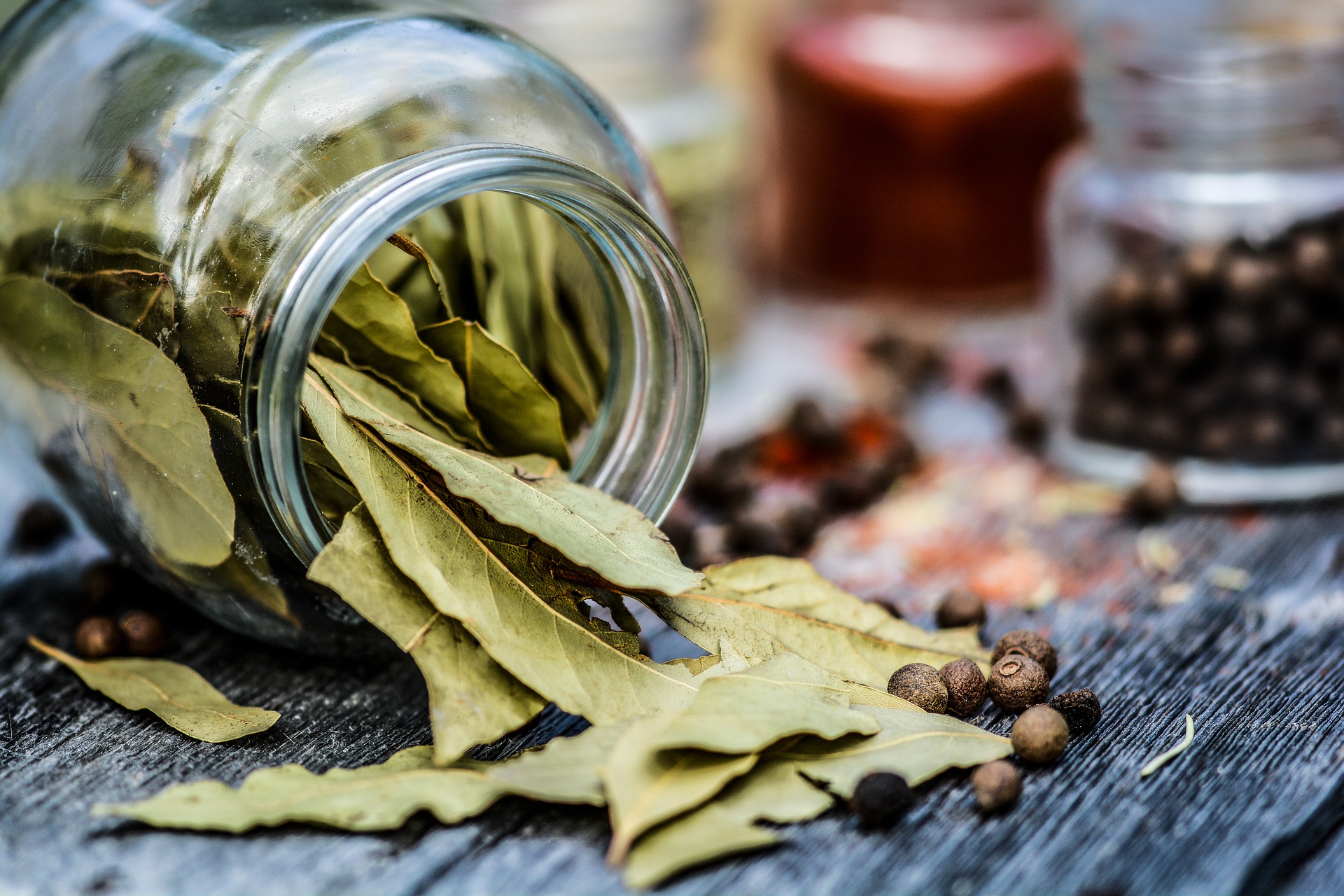
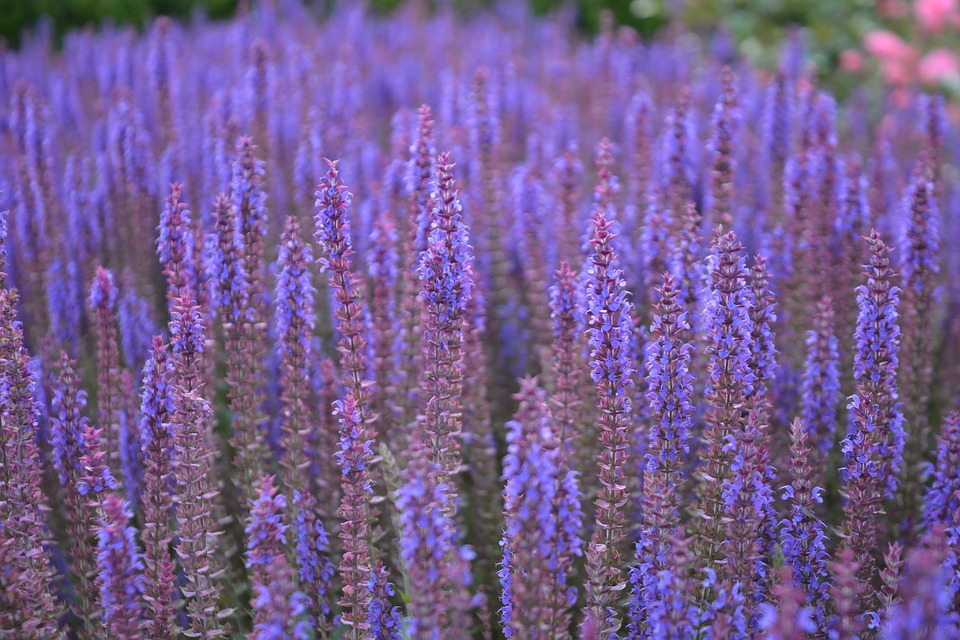
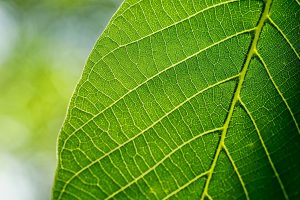

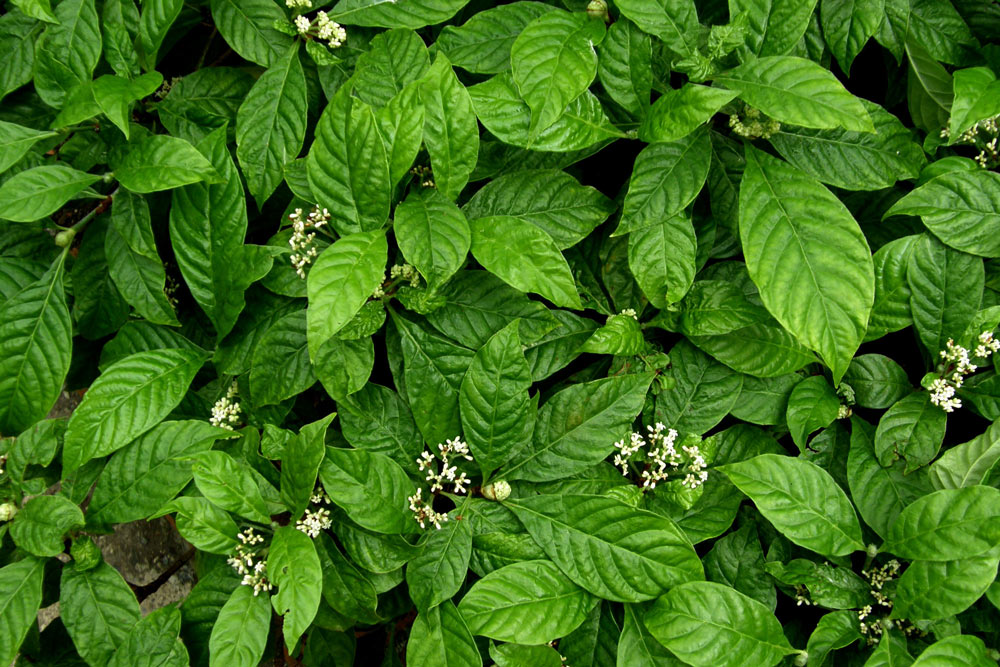
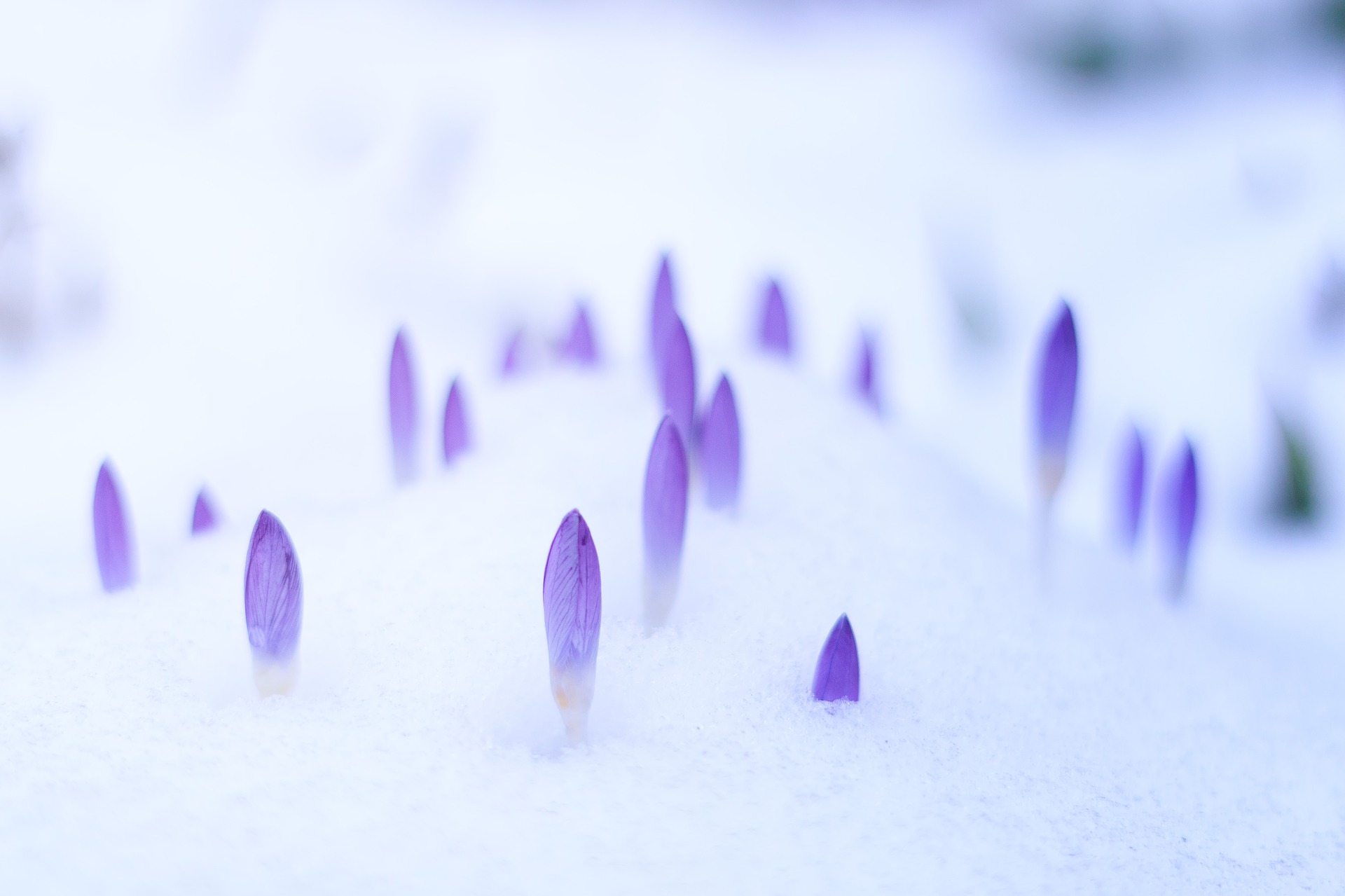
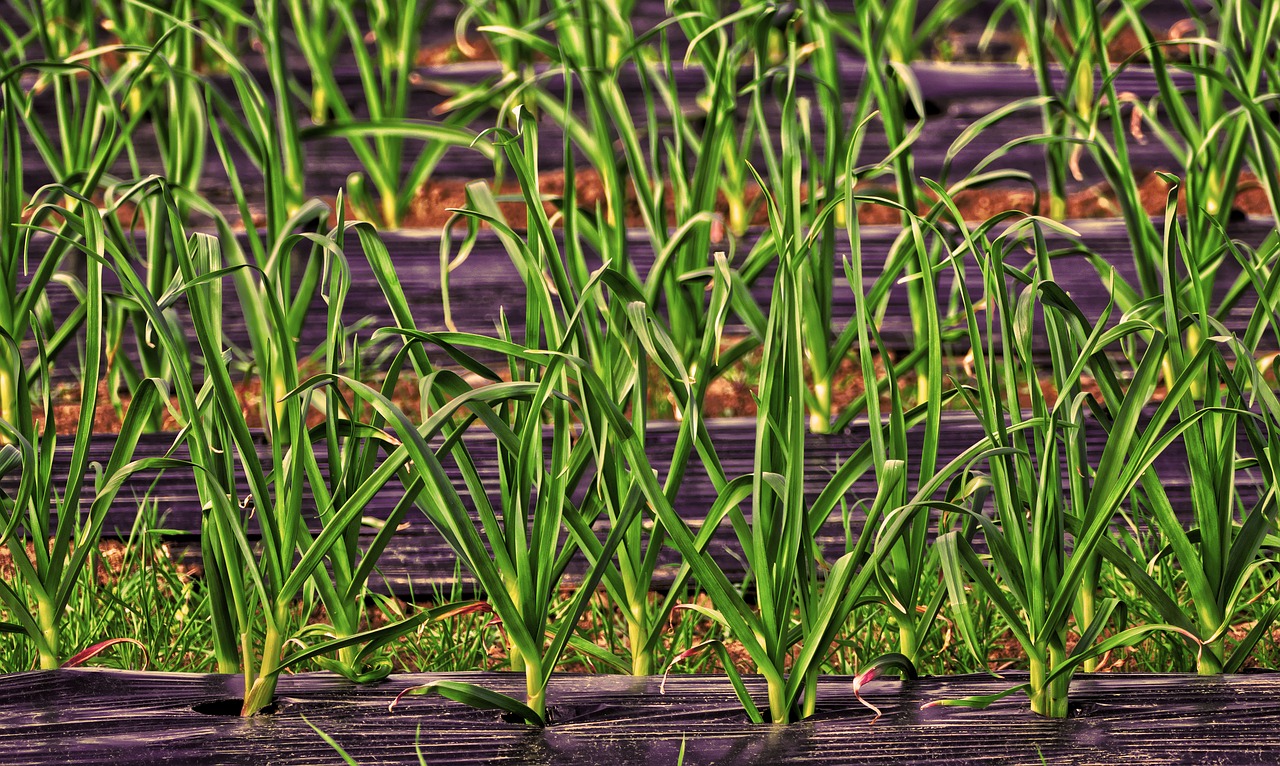
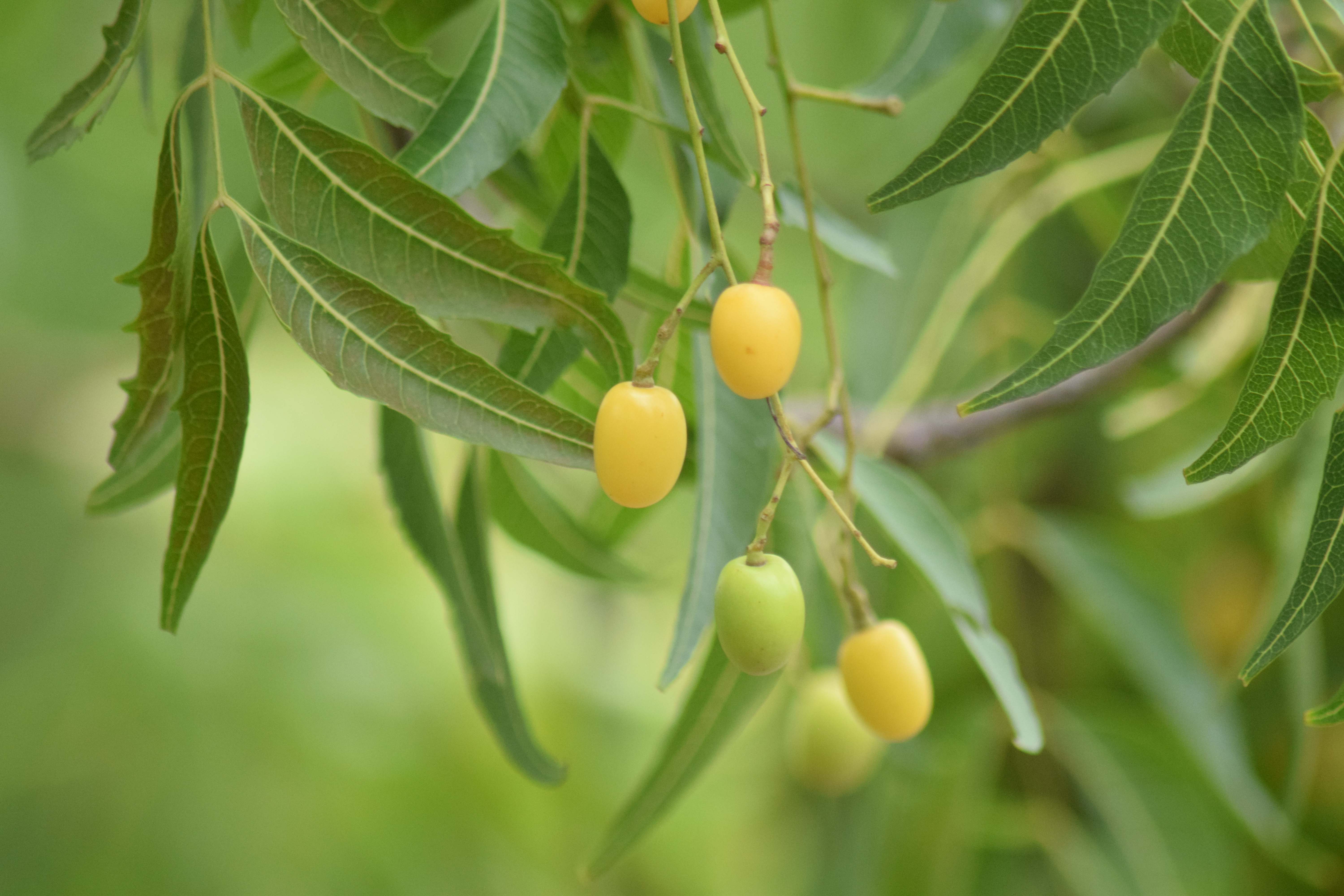

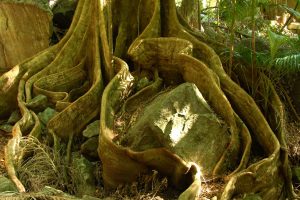

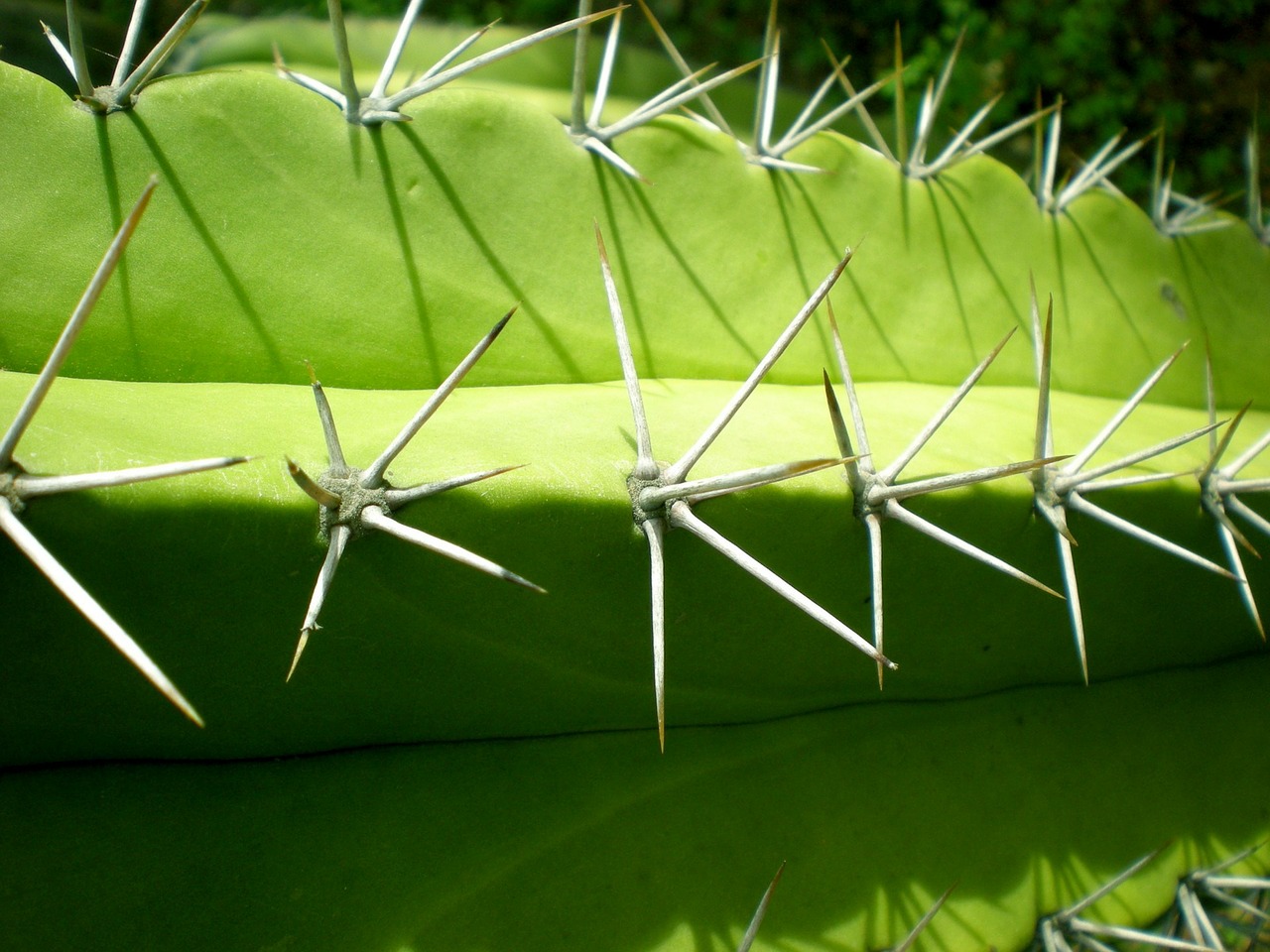
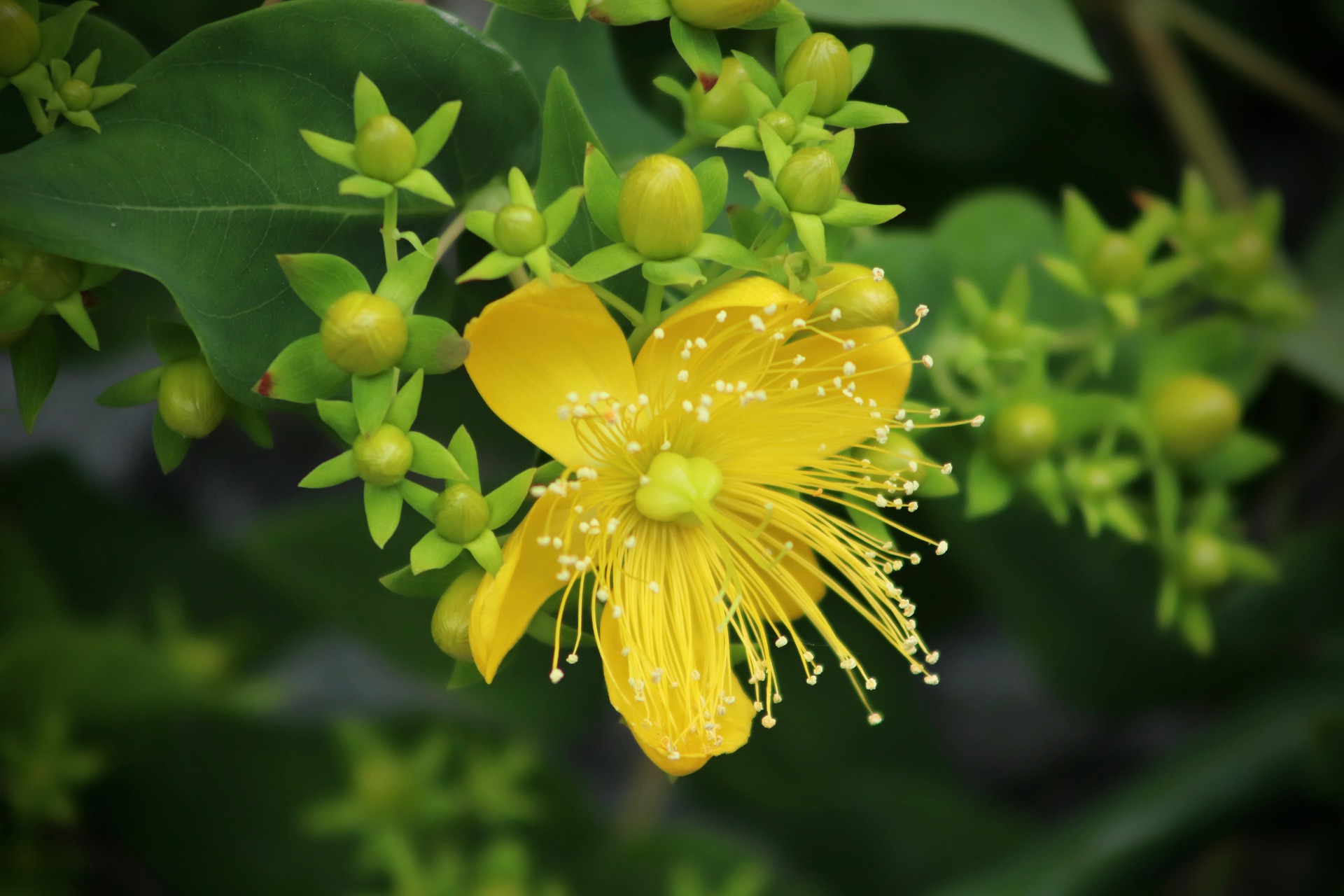
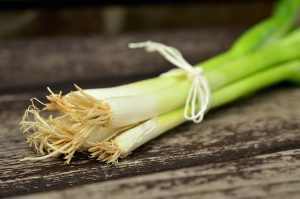
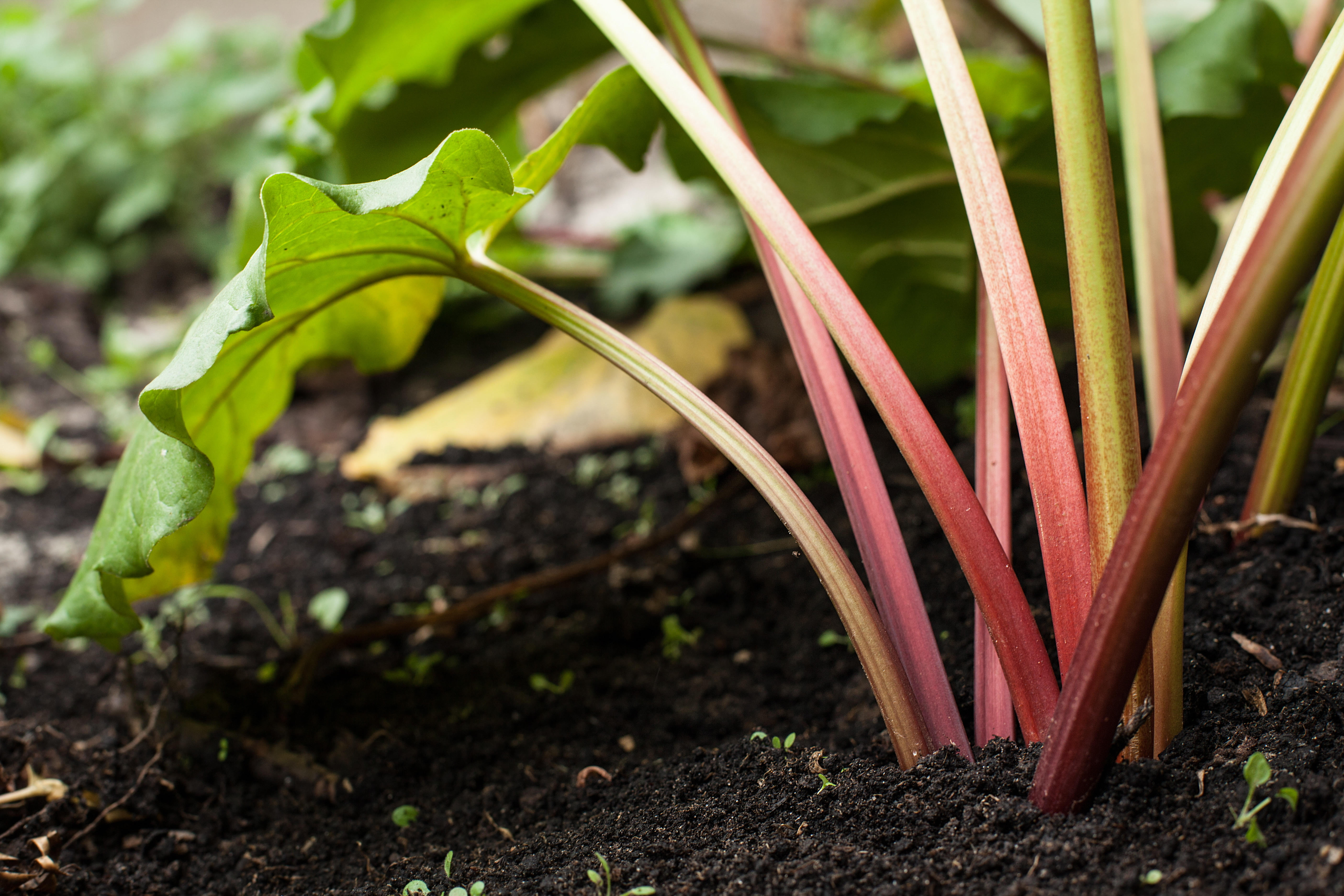

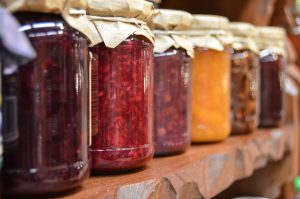

0 Comments